
Laparoscopy - The Miracle Of Keyhole Surgery And Its Benefits
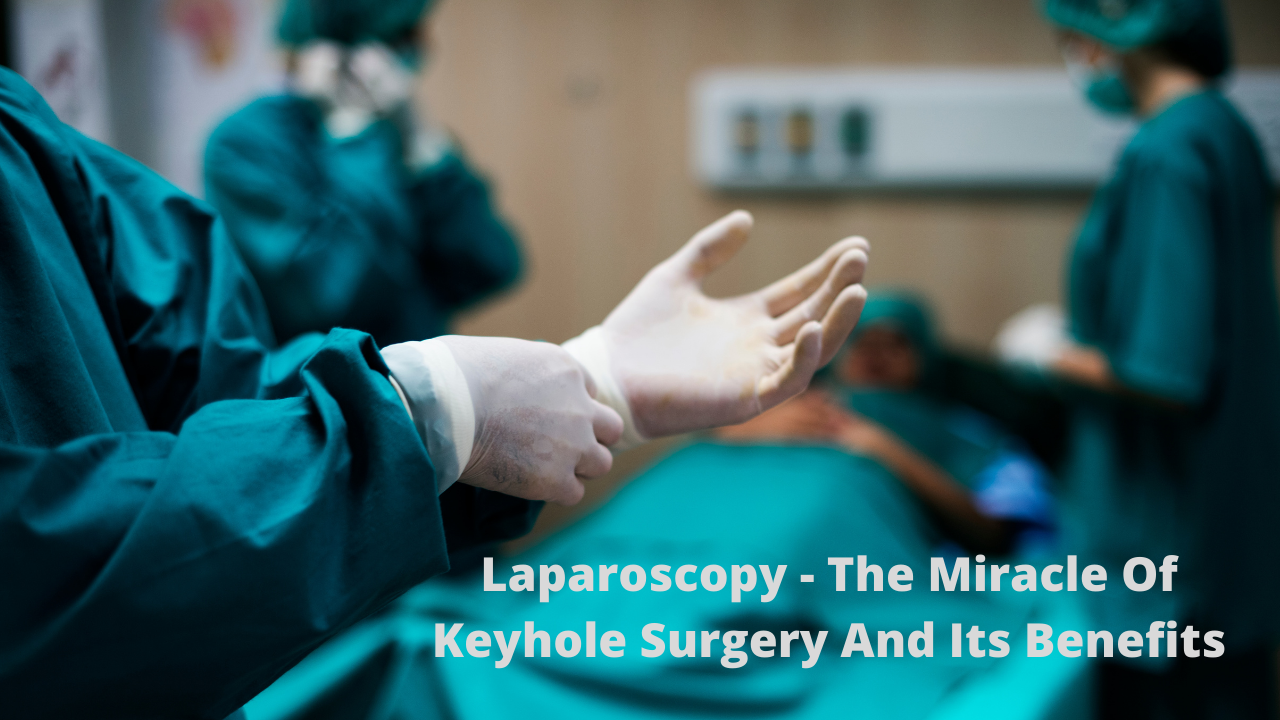
Author: Dr. Beeresh C.S MBBS, MS(OBG), Fellowship in Minimal Invasive Surgery
Consultant - Obstetrician & Gynaecologist Surgeon at Motherhood Hospitals, Banashankari
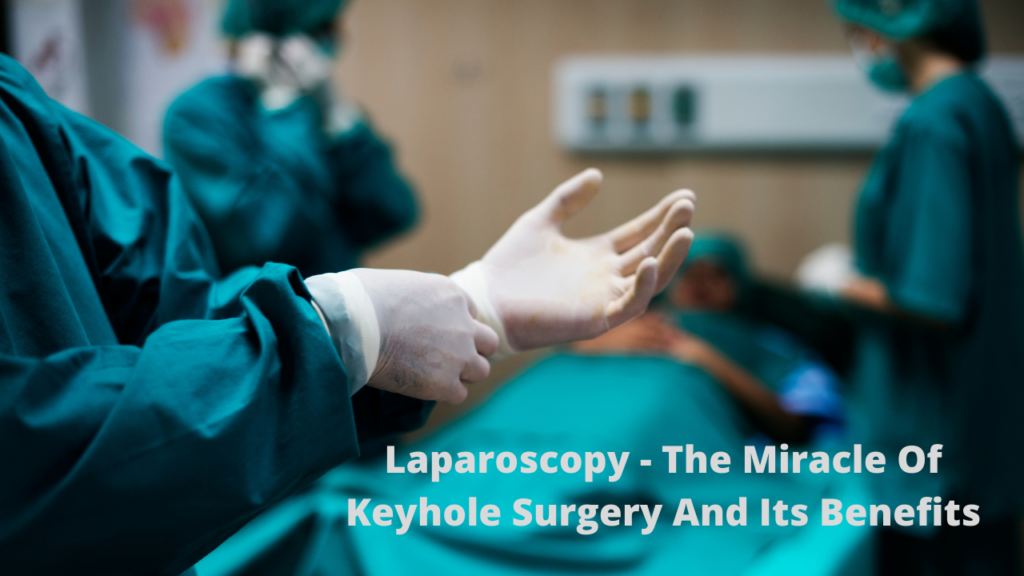
In recent years, Laparoscopy has been widely used as a surgical procedure of choice to address a range of ailments and conditions. The surgery has become widely popular with doctors and patients alike considering the large number of benefits it offers and the faster time to recovery. Let’s look at what exactly this procedure involves and where it can be deployed.
Laparoscopy as a surgery has become widely popular in recent years. It takes a revolutionary approach to conducting the procedure wherein several smaller cuts are made instead of the traditional approach of making one large incision to access the site to be operated. The procedure uses a device called the laparoscope, a narrow tube with a tiny video camera and a bright light at the tip. The doctor inserts this tube through a small cut of width of about 1 cm to take a clear look at the internal organs.
A few more incisions are made in other regions in and around the site through which a few other tools are inserted to perform the surgery. Laparoscopy is also known as ‘minimally invasive’ surgery. This kind of surgery was initially used for gallbladder surgery and a few gynaecological operations but it is widely used now to operate various other organs such as intestines, liver, abdomen and other organs.
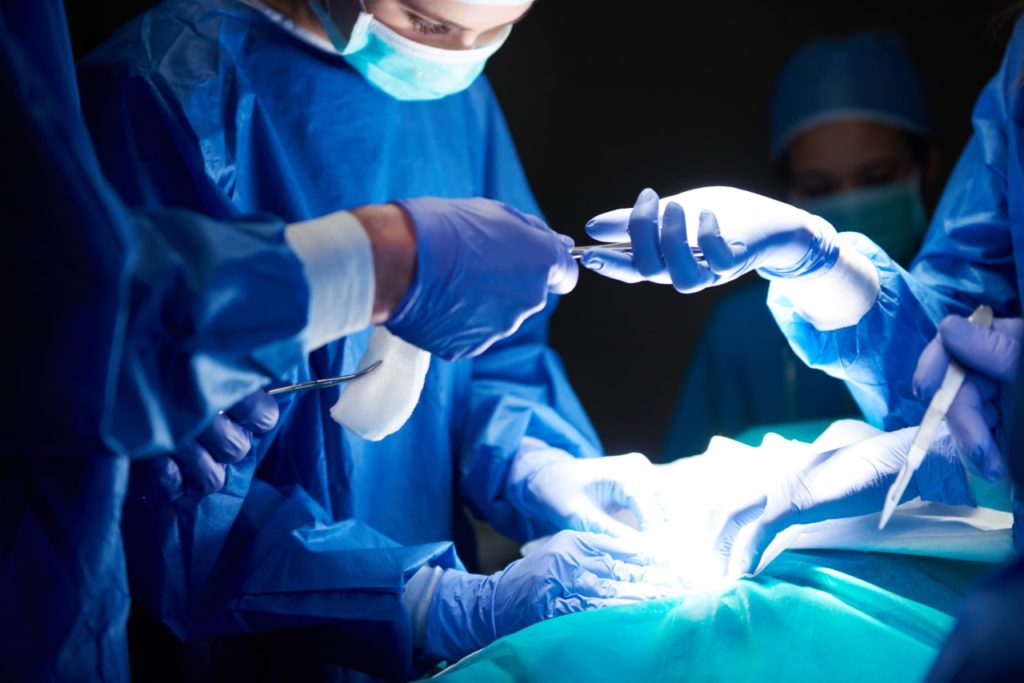
Benefits of laparoscopic surgeries
- The patient can get discharged from the hospital quicker
- There will be less scars post-surgery
- The patient experiences less discomfort as the scars heal, and they heal quicker
- The patient can resume normal activities quicker
To elucidate the advantages of laparoscopic surgery, let’s take an example of a typical intestinal procedure. If a patient stays in the hospital for around a week with a traditional surgery and takes about 4 to 8 weeks to recover, under a laparoscopic surgery, the patient would have to stay for 2 nights in the hospital and the recovery could be as little as 2 - 3 weeks. A shorter hospital stay translates to less cost and the patient can also resume his/ her activities within a shorter time.
The following surgeries are done using a laparoscopic procedure:
Hernia Surgery: Hernias occur when an internal organ pushes against a wall of muscle or tissue that it is contained in. Usually hernias occur within the abdomen or between the hips and chest. The common hernias are:
Inguinal Hernia: The inguinal canal consists of a ligament that supports the womb. With an inguinal hernia the fatty tissue or portion of the intestine pushes into the groin at the upper end of the inner thigh. This type of hernia usually affects women more than men.
Hiatal (hiatus) Hernia: In this case a portion of the stomach pokes against the chest cavity through a gap in the diaphragm.
Umbilical Hernia: Another very common type of hernia usually occurring in women, in this case the fatty tissue or portion of the intestine pushes out of the abdomen near the navel.
Femoral Hernia: In this case fatty tissue or a portion of the intestine pushes into the groin at the upper end of the inner thigh. This commonly affects older women.
Appendectomy: An appendectomy is the process of surgically removing the appendix. It is a small, tube-shaped sack attached to the large intestine and situated in the lower right side of the abdomen. The functioning of the appendix is not very clear though it is presumed that it may help us to recover from infections of the small and large intestines. Usually, appendectomy is performed as an emergency surgery to address appendicitis, a condition that causes the inflammation of the appendix.
Gallbladder removal: The gallbladder is a pear-shaped organ positioned just below the liver on the right side of the abdomen. A cholecystectomy is performed to surgically remove the bladder using a laparoscopic procedure.
Colon Surgery: Laparoscopic procedures are commonly used to treat Fistulas, Haemorrhoids and other colorectal conditions.
Bariatric Surgery: A Bariatric Surgery is performed when diet and exercise do not yield the expected results and the patient is posed with serious health problems due to excessive weight. Some procedures govern and limit the amount of food the patient can consume while some work to reduce the body’s capacity to absorb nutrients.
Anti-reflux Surgery: Anti-reflux surgery, also referred to as Laparoscopic Nissen Fundoplication is a decisive approach for GERD when regular medication fails to offer relief towards stopping acid reflux into the stomach. Here the upper portion of the stomach is wrapped around the LES to reinforce the sphincter and prevent acid reflux.
At Motherhood Hospitals, we deliver exceptional healthcare services to women and children with highest standard of care and competence.
Book your Appointment with Dr.Beeresh C.S for all the Gynaecological issues.
Related Blogs

Understanding Gestational Diabetes: Insights from Dr Shruthi Kalagara
Read More
Urinary Tract Infection (UTI) in Pregnancy
Read More
Early Pregnancy Care for New Pregnant Women: Expert Advice | Motherhood Hospitals
Read More
Body Positivity Tips Post C Section (Cesarean Delivery)
Read More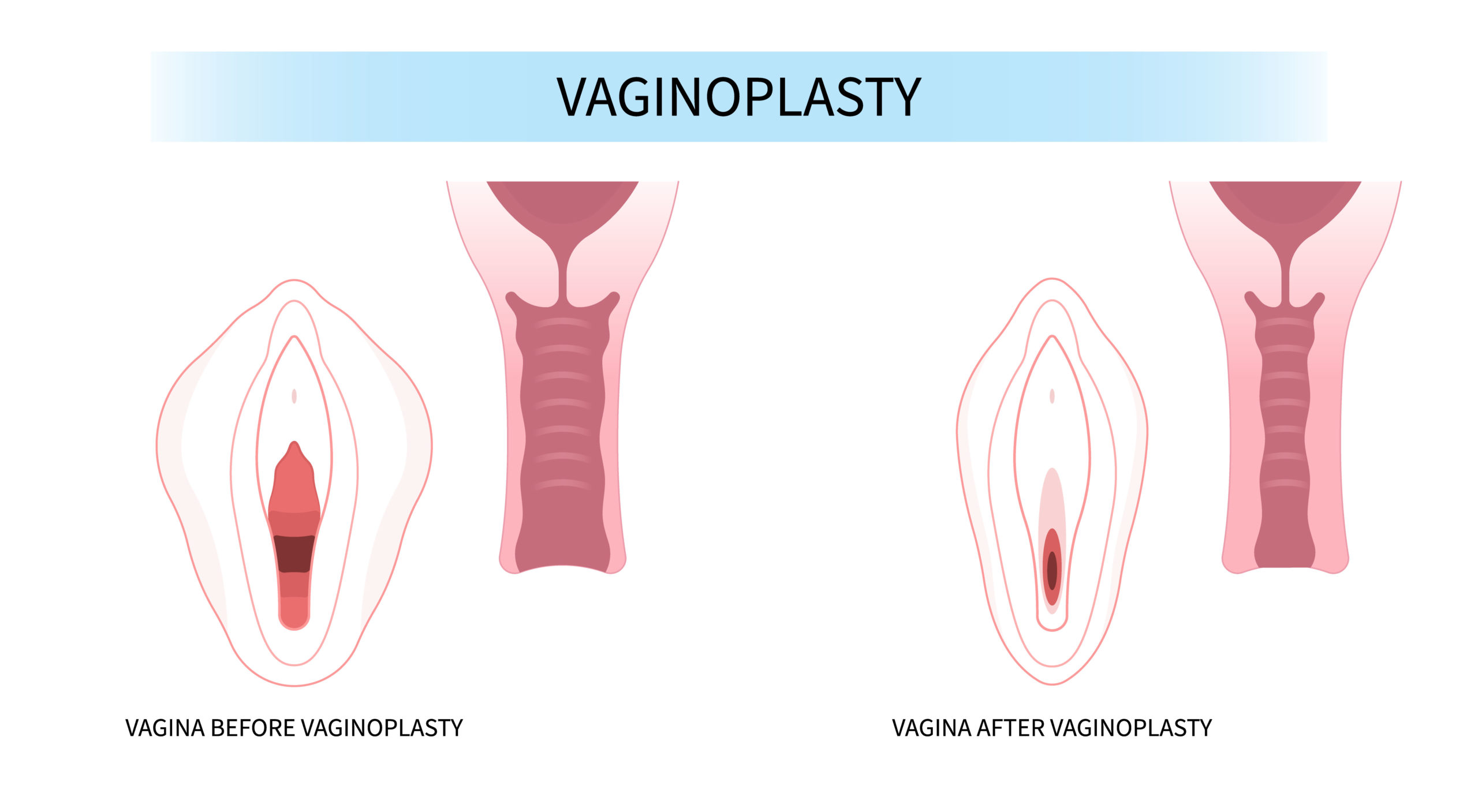
Vaginoplasty: Procedure, Cost, Risks & Benefits, Recovery
Read More
The Digital Dilemma: Exploring the Medical Implications of Technology on Child Development
Read More
How To Relieve Menstrual Cramps? - 8 Simple Tips
Read More
Benefits of Consuming Folic Acid Tablets For Pregnancy/During Pregnancy
Read More
Navigating Radiology: Ensuring Safe Imaging During Pregnancy
Read More
Navigating Radiological Tests During Pregnancy: Ensuring Safety for Mother and Child
Read MoreRequest A Call Back
Leave a Comment:
View Comments
Previous
Next
HELLO,
Stay update don our latest packages, offer, news, new launches, and more. Enter your email to subscribe to our news letter


 Toll Free Number
Toll Free Number







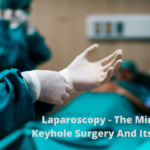
No comment yet, add your voice below!